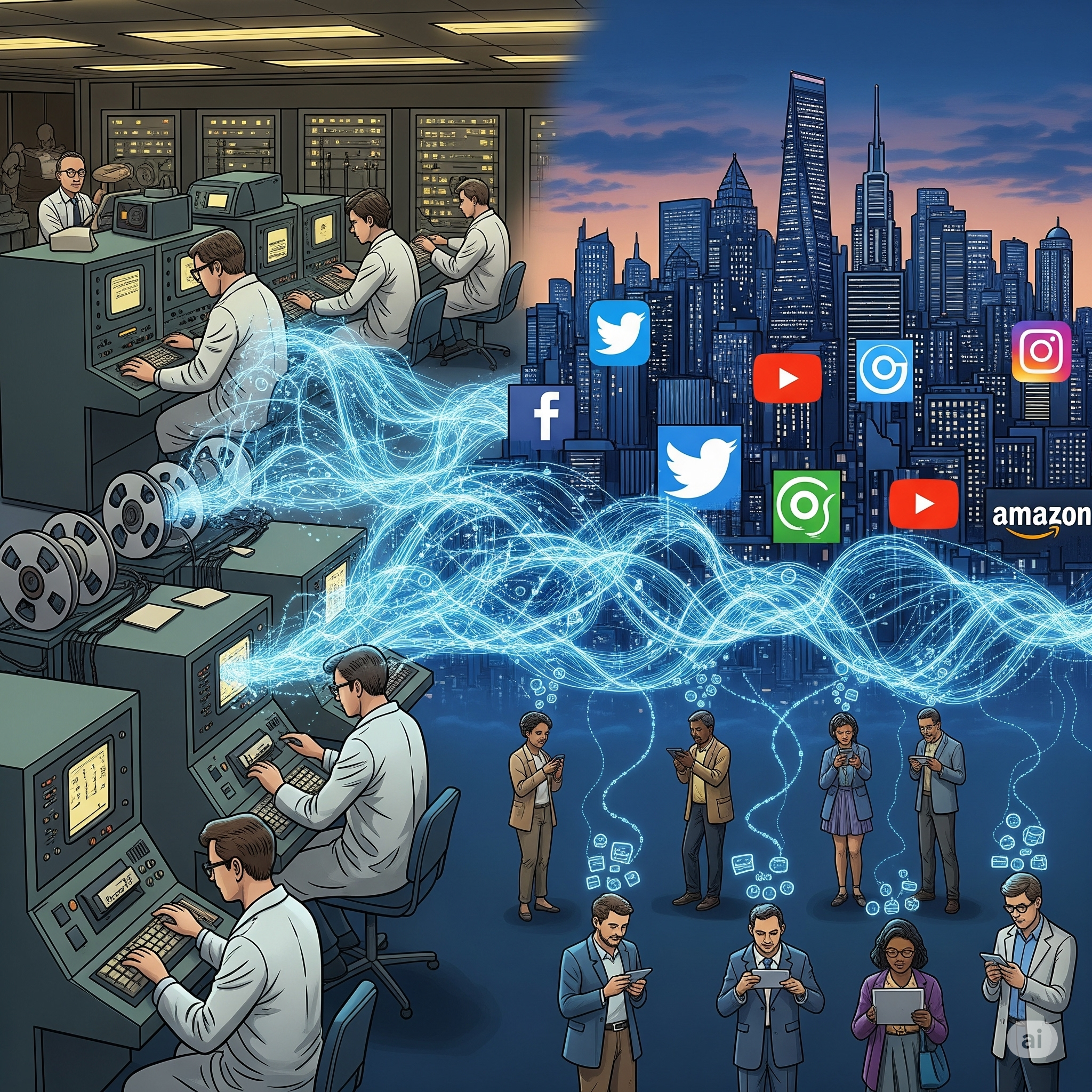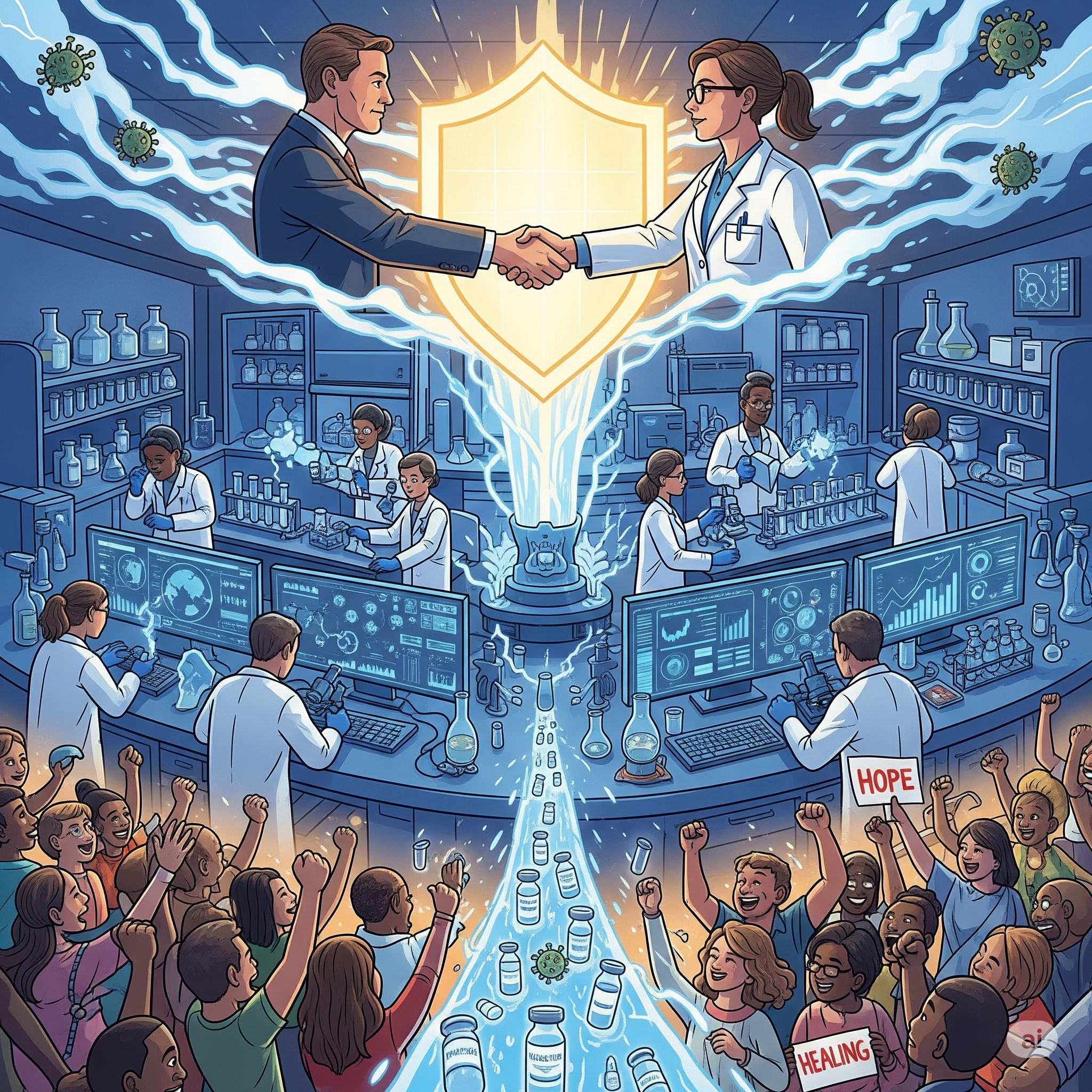The government should act like the cool headteacher—setting big missions for the country and helping businesses achieve amazing things that create a better future for everyone.
The Old Way
The headteacher says, “Everyone can set up a stall. Sell whatever you like. We’ll just have some teachers walking around to make sure nobody is fighting or cheating.”
You might get a few stalls selling cookies, some selling old toys, maybe a lemonade stand. It would be okay, but probably not very exciting. The teachers are just like referees in a football match – they only step in when a rule is broken.
The New Way
Now, imagine the headteacher says: “This year, our fair has a Mission: Let’s Invent the Future! I want to see the coolest new inventions you can dream up. And to help you, the school will:
- Set the Goal: The mission is to invent something new and amazing.
- Help with Resources: We’ll open the science labs and the design workshops after school for you to use.
- Share the Risk: We’ll give the best five ideas £20 each from the school budget to buy parts.
- Work with You: The science and design teachers will be there to help you if you get stuck.
- Create a Market: We promise that the school will buy the winning invention to use in the school office!”
Suddenly, you and your friends aren’t just selling boring cookies. You’re trying to invent robot helpers, self-watering plants, and maybe even a homework-doing machine! The school is acting like a team captain. It’s not just watching from the sidelines; it’s setting a big goal and helping everyone work together to achieve something incredible that you wouldn’t have done on your own.
Here are some examples:
1. Your Phone and the Internet
You use the internet every day for YouTube, TikTok, and gaming. But a company didn’t invent it.
- The Mission: A long time ago, the American government was worried about what would happen if there was a war. They wanted a way for their computers to talk to each other even if some of the connections were broken.
- What the Government Did: They paid a team of clever scientists to build the very first version of the internet (called ARPANET). They were the only ones willing to spend a lot of money on this crazy idea that might not work.
- What Companies Did Later: Once the government proved it worked, companies like Google, Apple, and Amazon came along and built all the cool apps, websites, and phones that use the internet the government invented.
2. Getting to the Moon (and your comfy trainers!)
Putting a person on the moon was one of the biggest missions ever.
- The Mission: In the 1960s, the American government’s space team, NASA, declared they would put a man on the Moon before 1970.
- What the Government Did: To do this, NASA had to invent loads of new things. They needed special material to cushion their astronauts’ helmets and boots for the bumpy ride. So, they invented special shock-absorbing foam.
- What Companies Did Later: A company that helped make that foam later thought, “Hey, this would be great for shoes!” They used a similar idea to create the bouncy, comfy soles in trainers like Nike Airs. The government’s big space mission led to an invention we use every day!
3. Super-Fast COVID Vaccines
Remember lockdown? A big reason we got out of it was because a vaccine was made super quickly.
- The Mission: The world needed a safe vaccine against COVID-19, and it needed it fast!
- What the Government Did: Governments around the world told the big medicine companies: “Don’t worry about the cost. Just focus on making a vaccine. We will pay for your research and we promise to buy millions of vaccines from you if they work.”
- What Companies Did Later: Because the government promised to pay, the medicine companies could work at lightning speed without worrying about losing money. They made the vaccine in record time because the government was their partner, taking on the biggest risk.



